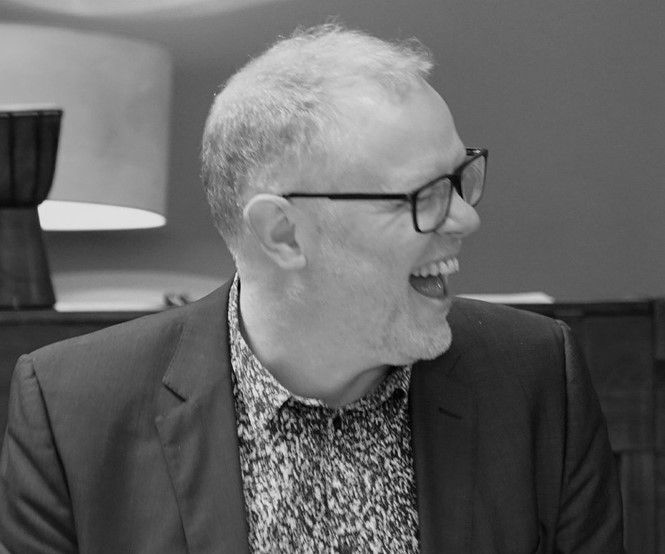Freedom and brands

Alex Clegg, co-founder of London-based independent brand studio Saboteur, discusses how addressing freedom may lead to building stronger brands.
At Saboteur our mission is ‘To Set Brands Free.’
Recently we asked ChatGPT ‘how to set a brand free?’ and it gave us the following, very cogent answer:
Setting a brand free refers to breaking away from conventional thinking, existing constraints, or outdated strategies, and creating a new, unique, and authentic brand identity. Here are some steps that can help set a brand free:
- Clarify your brand purpose: Understanding why your brand exists and what it stands for is the foundation for setting it free. Define your brand values, mission, and vision.
- Know your target audience: Understanding your target audience's needs, values, and preferences is essential to creating a brand that resonates with them.
- Conduct a competitive analysis: Study your competition to identify gaps in the market and opportunities to differentiate your brand.
- Define your brand personality: Develop a brand personality that reflects your brand values and appeals to your target audience.
- Create a brand story: Tell a compelling story that connects with your target audience and supports your brand purpose.
- Develop a distinctive visual identity: Create a unique visual identity that sets your brand apart from the competition and reinforces your brand personality.
- Foster a culture of innovation: Encourage and support creativity and experimentation to continuously evolve and improve your brand.
- Measure and adjust: Regularly measure the impact of your brand efforts and adjust your strategy as needed to stay on track.
By following these steps, you can create a brand that is free to be authentic, dynamic, and impactful.
Nothing to disagree with there. And yet, freedom is an intensely ‘human’ experience. Emotional, as well as legal, political, economic etc.
We’ve found that posing two ‘freedom’ questions to the organisations and brand teams we work with is a helpful way to get at the heart, the human heart, of any brief:
‘What do you want to be free from?’
‘What do you want to be free to do, or be?’
These two concepts of liberty – positive and negative – were developed by the liberal philosopher Isaiah Berlin in the late 1950s, although he was thinking more about political freedom than brands.
Honest answers to these questions uncover the deeper context, and the real brief; the ‘freedom brief’ that leads to emotionally charged ideas that address human needs.
Secondly, powerful ‘freedom briefs’ are also best answered by a team of people who are themselves trying to answer those two questions.
‘What do I/we want to be free from?’
‘What do I/we want to be free to do, or be?’
These big questions, as ChatGPT reminds us: “encourage and support creativity and experimentation to continuously evolve and improve…”
We discover what motivates us, what we value, and where we want to go. Helping us to do better work, with a greater sense of emotional freedom.
Many say that none of us are truly free. But if we don’t know what we want to be free from and what we long to be free to do or be, can we develop compelling brand ideas and solutions that will set others free?
Brands set us free all the time; free to explore, dream, share, celebrate, express ourselves, relax, laugh and love. The best unite, support and motivate us. The worst make us fearful and insecure, and inspire anger and contempt. But crucially brands can give us a sense of what true freedom could really feel like.
Even if it’s just a glimpse.
And sometimes – as Isaiah Berlin knew better than even Chat GPT – a glimpse of freedom is all that’s needed to change everything.












